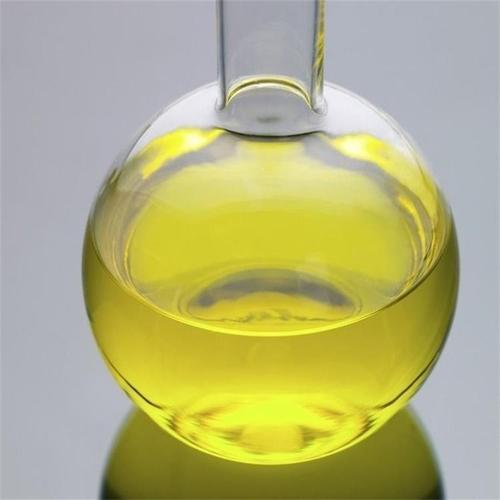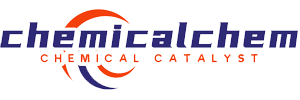It is well known that cotton, linen, wool, silk, man-made fibers and synthetic fibers are not suitable for further textile processing after being formed, and surfactants are required. , emulsifiers, antistatic agents, sizing agents and a series of auxiliaries are required to obtain yarn or silk that meets the requirements. When further processed into weaving or textiles, certain textile printing and dyeing auxiliaries are also required. Finally, bleaching, dyeing, printing, and finishing processing are required before it can appear in the consumer market. Each step requires the use of a variety of additives, especially wool, man-made fibers and synthetic fibers, which have many varieties, large quantities and high requirements.
There are various auxiliaries required in the textile printing and dyeing process, and the number of varieties is extremely large. The ones with the greatest impact probably include the following categories: The pre-filament processing additives are polymer material additives, and Kain Chemical will not discuss them here. Auxiliaries for various cleaning processes; such as detergents, refining agents, scouring agents, etc.; and auxiliaries required for drafting, drawing, twisting, reeling, spinning, weaving and other processes after spinning. , are generally called oil agents, called textile oil agents or fiber oil agents. The other type is auxiliaries in dip dyeing, printing and other processes. They are called printing and dyeing auxiliaries, such as diffusing agents, penetrants, dispersants, and leveling agents. Agents, dye retardants, color-fixing agents, etc.; and there are also additives specifically designed to add some special properties to textiles, such as softness, antifouling, antistatic, fire retardant, flame retardant, etc., called finishing agents.

Fiber oil
Synthetic fibers are hydrophobic polymer materials, and oils must be used during spinning and textile processing. Synthetic fiber oils are generally composed of soft smoothing agents to improve friction characteristics, antistatic agents to eliminate static electricity, emulsifiers to ensure emulsion stability, and antioxidants to reduce knotting and increase heating stability.
Smoothing agent
Synthetic finishes are rarely composed of one material with a single chemical structure. Instead, various base materials (surfactants, mineral oils, higher alcohols, fatty acid esters, etc.) are compounded according to their respective characteristics according to certain requirements and purposes.
Mineral oil has been used for a long time. When using it, it should be noted that the friction coefficient increases with the increase in viscosity, and the viscosity is linearly related to the molecular weight of mineral oil, so it should be Consider using a lower molecular weight mineral oil as a smoothing agent.
The smoothness of fatty acid esters increases as the molecular weight increases, but attention should be paid to the volatility of the esters when using them.
The smoothing effect of mineral oil and fatty acid esters is due to the nearly linear aliphatic hydrocarbon structure in the molecule. Therefore, surfactants The requirements for the water-increasing base should have a common chemical structure with the above-mentioned mineral oil and fatty acid ester. When a thin layer of surfactant is attached to the surface of the fiber, the linear water-increasing bases are neatly arranged outwards, and friction occurs between the water-enhancing base layers sliding against each other. The longer the water-increasing base, the less likely it is to catch and easier to slide. Therefore, the number of carbon atoms of surfactants used as smoothing agents is usually C16 and C18. In principle, water-adding surfactants with branched chains or benzene rings are not suitable as ingredients for smoothing agents.
In filament oils, vegetable oil and mineral oil were initially used. Nowadays, fatty acid monohydric alcohol esters, fatty acid polyhydric alcohol esters, polyhydric alcohol monohydric acid esters, etc. are also used. Recently, certain surfactants have become important smoothing agents for filament oils, such as fatty acid trimethylolpropane ester, fatty acid pentaerythritol ester, fatty acid sorbitol ester and other epoxyhexane-epoxypropane copolymers in fatty acid polyol esters. substances, alkyl polyol esters, etc.
Surfactants commonly used in short fiber oils with smoothing effects include alkyl phosphates, alkyl sulfates, fatty acid polyoxyethylene ethers, and alkylphenol polyesters. Oxyethylene ether, fatty acid polyethylene glycol ester, polyoxyethylene castor oil, epoxyhexane-propylene oxide copolymer, alkyl polyol ester, etc.

 微信扫一扫打赏
微信扫一扫打赏

